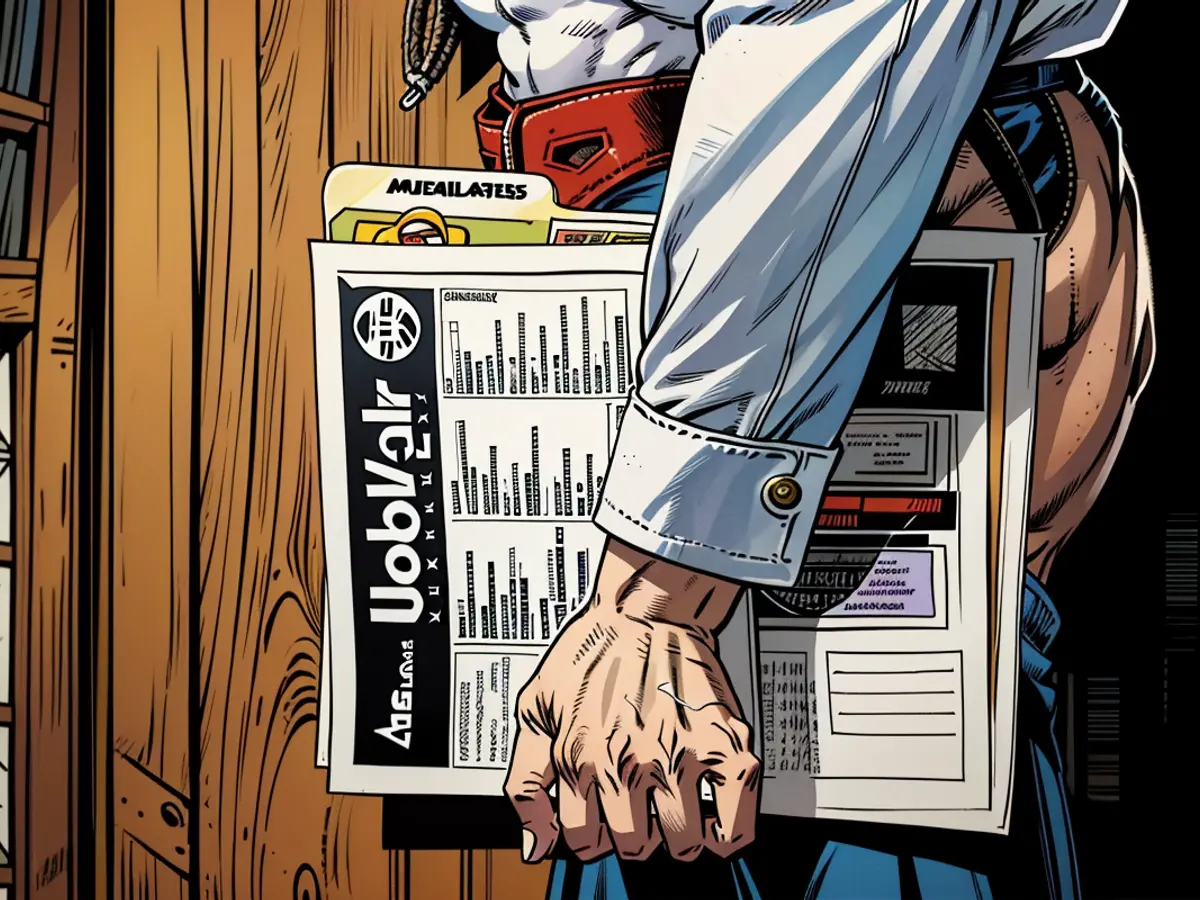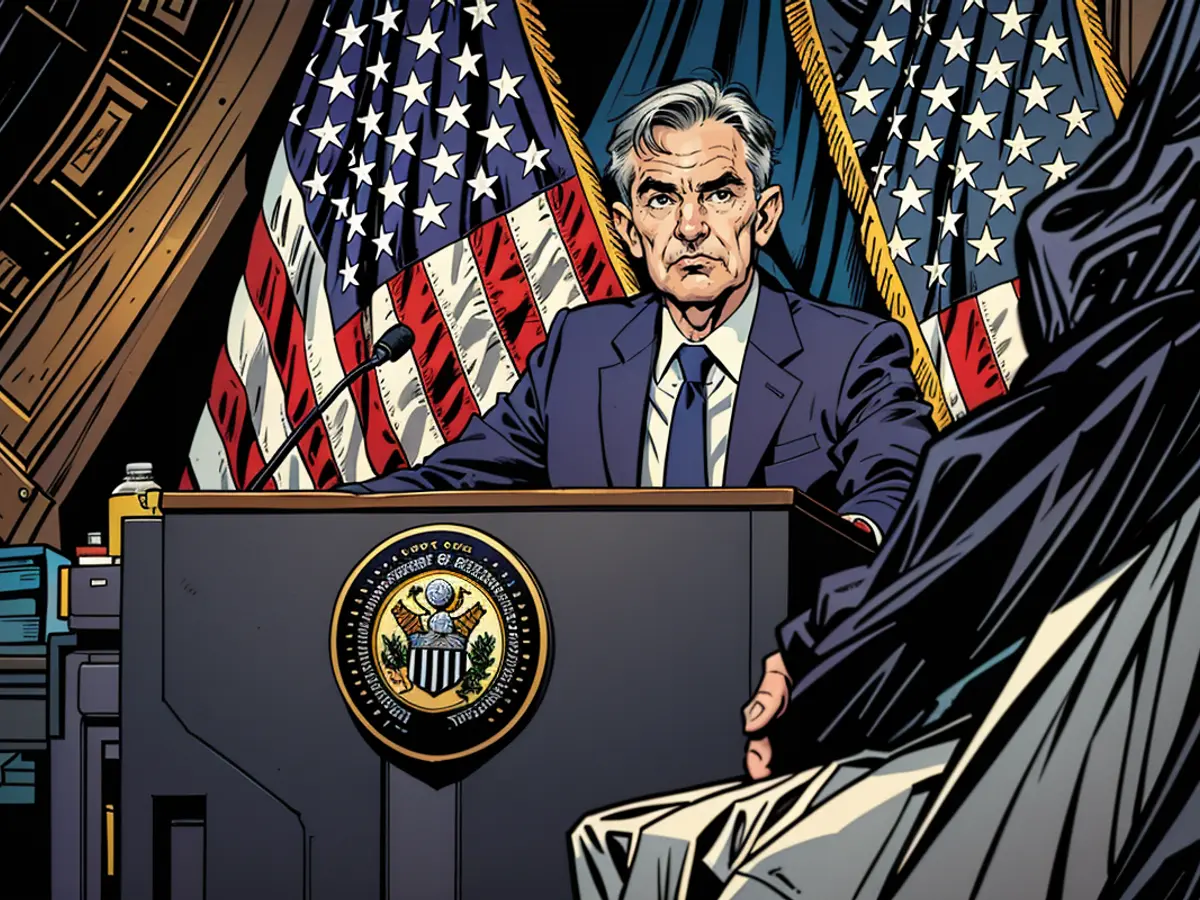Anticipating a decrease in interest rates is imminent. When can we observe noticeable improvements in the economic landscape?
Following over a year of maintaining interest rates at their highest level in 23 years, the Fed is anticipated to declare on Wednesday that it's ultimately reducing its key lending rate. Jerome Powell, the Fed Chair, may also hint at further cuts at forthcoming meetings.
This event is the moment investors have been yearning for since March 2022, when the central bank initiated interest rate increases to control inflation. Should this occur, the celebrations could propel stocks to new record highs.
However, the majority of Americans might struggle to observe any noticeable change from a single rate reduction, or even multiple ones, for at least a year, or possibly longer.
Understanding Rate Cuts
Central banks reduce interest rates for two primary reasons: financial conditions are expected to deteriorate severely, or inflation has decreased so substantially that maintaining high levels of interest would be excessively restrictive and negatively impact the economy. This time around, economists mostly predict the Fed will reduce for the second reason.
When the Fed seeks to alleviate economic pressure, it decreases its officially named target federal funds rate, which is the interest rate commercial banks charge each other to ensure they maintain the necessary amount of money in reserves at all times.
The Fed lowers its target rate by purchasing more securities, predominantly Treasury notes and mortgage-backed securities. Essentially, banks receive a portion of the cash the Fed utilizes for the acquisition, resulting in more available funds for lending to customers. With more money to lend, they don’t need to charge such high mortgage interest rates and other loan types.
Although this is an immediate observable effect, it’s just the beginning. The primary impact emerges much later.
The Wide-Ranging Impact of Rate Cuts
Interest rates affect a broad spectrum of decisions made by individuals, businesses, and the government.
Essentially, lower interest rates reduce borrowing costs. Therefore, in the scenario of a Wednesday rate reduction, businesses might conclude it's financially beneficial to invest in new projects or hire more employees if they don’t have to allocate as much cash to debt repayment.
Consequently, less expensive loans make it more appealing for consumers to spend money instead of saving it, as the return on their savings account savings decreases. While businesses might raise prices in response to increased demand, this change usually occurs later rather than immediately following the Fed’s rate reduction, explained Thomas Drechsel, an economics professor at the University of Maryland.
“Consider your Netflix subscription,” he said, “they certainly won’t alter it every week or even every month.” In simpler terms, if Netflix experiences an increase in new subscriptions after the Fed reduces rates, it won’t necessarily respond by raising prices. This is because, in many cases, businesses have prior contracts with their customers that prevent them from altering prices immediately, he said.
When the Fed lowers or increases rates, the overall effect takes some time to manifest across the economy. Nobel Prize-winning American economist Milton Friedman called this the “long and variable lags.”
Drechsel stated to CNN, “It’s like they’re steering a big ship, and even though they’re turning the wheel, it takes time until the ship moves that way.”
While the length of this lag is still under debate, some economists believe it takes approximately a year, which could explain why inflation started to decrease significantly in 2023, a year after the Fed initiated its increase cycle. However, Drechsel argued, based on his research, it can take “multiple years until it fully unfolds and until the full effect is incorporated into all the data we have on the economy.”
“That doesn’t mean some of the effect isn’t felt early on, but the full transmission takes years,” he said. Additionally, it could imply that the consequences of the Fed’s prior hikes are still working their way through the economy, he said.
The reduction in the Fed's target federal funds rate could encourage businesses to invest in new projects or hire more employees, as they wouldn't need to allocate as much money towards debt repayment due to lower mortgage interest rates. This shift in business strategy, in turn, could stimulate the economy and potentially lead to an increase in consumer spending.
Should the Federal Reserve opt to reduce its key lending rate, as predicted by many economists, this move could positively impact the broader business sector, potentially leading to an increase in corporate investments and job creation.









